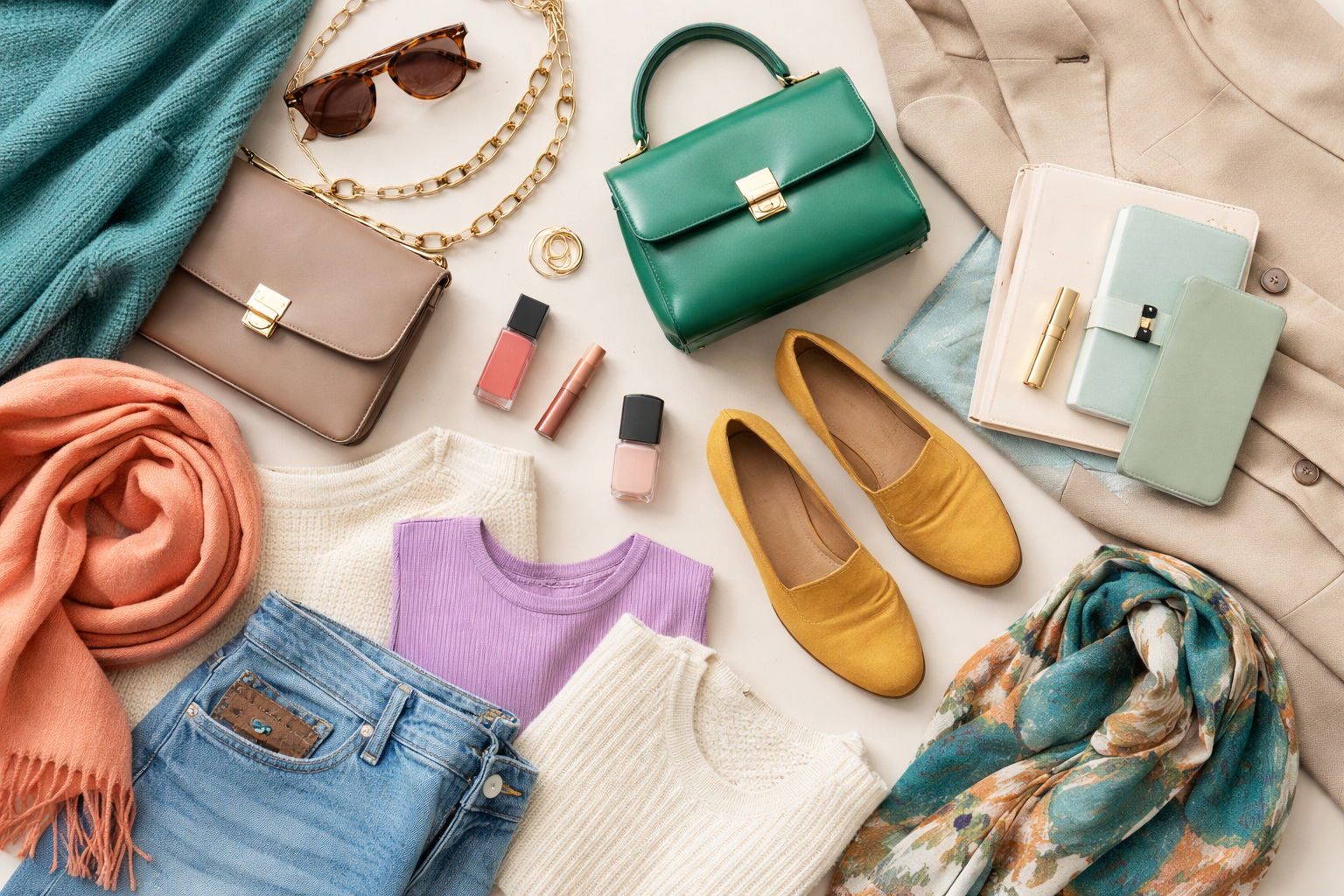
For a long time, sportswear wasn’t considered fashionable. What’s changed today?
Unless you’ve been living in a bubble for the last 10 years, you’ve seen sportswear gaining popularity inside and outside of the gym. So much so that a new category was born, and it was named ‘athleisure.’
As the name suggests, it’s a combination of ‘athletic’ and ‘leisure,’ and it sits at the intersection of comfortable, everyday style and sportswear. Built around ease of wear and new clothing materials, athleisure appeals to those who have an active lifestyle and those who simply don’t want to get changed multiple times in the same day and enjoy non-restrictive clothing style.
As fashion rules keep eroding, this relaxed and multipurpose style has made its way into our wardrobes and filled it with pieces that look as good in the gym as in the streets.
But let’s go back in time to see how athleisure became the world trend it is today.
The origins of sportswear
Although athleisure is a relatively new trend, the idea of combining sports and leisure isn’t. In the late 19th century, sportswear was making its debut as a way of dressing for hobbies like tennis and golf. It was still a category of its own, well separated from formal wear or everyday style, and focused on practicality and comfort.
Sportswear and fashion
But in the 1920s, iconic designers like Coco Chanel and Jean Patou started to infuse sports elements into their pieces, making more relaxed silhouettes the new trend.
In American fashion, Claire McCardell led the revolution by creating ready-to-wear clothes and introducing matching sets made from utilitarian fabrics, like cotton and denim. It was a big success, and more people started to want practical and non-restrictive choices for their everyday wardrobe.
With the normalization of shorts for men and pants for women in the 40s and 50s and the rise of the middle class, the lines between formal and casual dress codes became blurrier.
The fitness boom
And then the big fitness boom arrived and made it clear that sportswear was there to stay!
In the 70s and 80s, Jane Fonda style workouts became the new way of keeping fit and gave a huge push to the activewear industry.
The need to have clothes specifically designed to fit well, wick transpiration, and look good fuelled the invention of new performance materials, like Lycra and Spandex.
Athleisure and streetwear
There was still a differentiation between proper sportswear and clothes that looked like athletic wear. But in the 90s this started to change, as celebrities like Princess Diana wore sports pieces in public and designers like Calvin Klein and Tommy Hilfiger infused their street style clothing with sportswear elements. And it was thanks to streetwear that athleisure became a trend, seen as the perfect combination of comfort, style, and luxury.
In the 2010s, sweat pants, hoodies and leggings were everywhere considered like status symbols of streetwear. High fashion labels like Chanel, Fendi, and Prada began issuing designer tracksuits, branded tops, and other pieces that emanated both luxury and comfort.
The celebrities’ factor
Celebrities’ endorsement has been one of the main reasons why athleisure has become so popular. They are living proof that sportswear can be as trendy and cool as streetwear or haute couture. Kate Hudson’s Fabletics and other similar partnerships got athleisure its blessing.
The fascination with the apparel grew so much that luxury designers started to team up with famous sports brands, like Stella McCartney and Adidas for example.
Athleisure today and tomorrow
Far from the matching cotton sets of the 30s and 40s and the Spandex flashy pink suits of the 70s and 80s, athleisure today is the hybrid look that merges technology with style as it continues to evolve.
According to Grand View Research, the category is expected to grow to more than $500 billion by 2025.
Technological advancements are what set athleisure apart from the sportswear of the past. Scientists keep creating new materials, like textiles, that respond to the body’s temperature. A shift towards sustainability can also be observed in recent years. Lycra, Spandex and other synthetic fibers are known to be dangerous for the environment because of plastic microfibers that get released into the waters. Therefore, many brands are starting to provide sustainable alternatives by using recycled materials or introducing new fibers made out of hemp, organic cotton, wool, wood, and nuts.
But social changes also have their role to play. Brands are attracting more customers by creating athleisure clothing that could actually become acceptable to wear in the workplace, making it possible for Millennials and Gen Zs to wear the same outfit from the gym to the streets and the office. Leaders like Steve Jobs and Mark Zuckerberg have contributed to reshaping the concept of workwear. Casual basic items worn as workout outfits are now considered the new dress code at work. Also, with more people now working remotely or as freelancers, the need to have work outfits separated from free time clothing has lost its raison d’etre.
The new normal gravitates around versatile clothes that can be worn at an online meeting, but also during a yoga session or a walk in nature. And that’s exactly why athleisure is often the first choice of clothing for so many people - it’s the perfect combination of comfort, style, and versatility.
Do you want to learn about style, trends, and fashion curiosities? Keep following this space!
And if you want to also find your unique athleisure look by using what you already own or buying new clothes, OpenWardrobe is what you need. Our AI-powered app empowers consumers, brands, and retailers to connect, get inspired, and learn from each other to create a bigger fashion ecosystem.
The app is available on both Apple App Store and Google Play. Download it; it’s free!


.svg)



